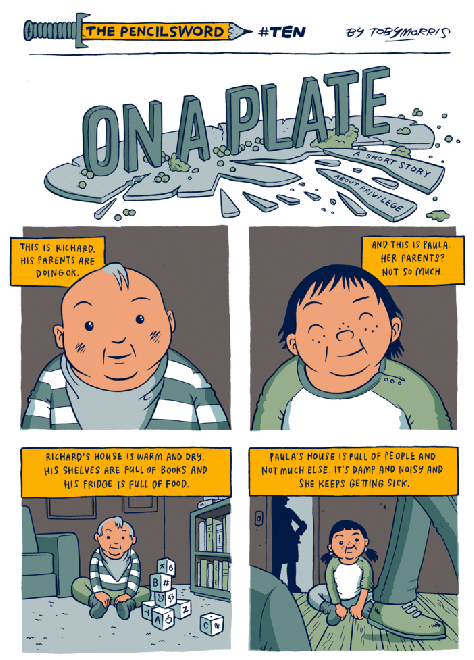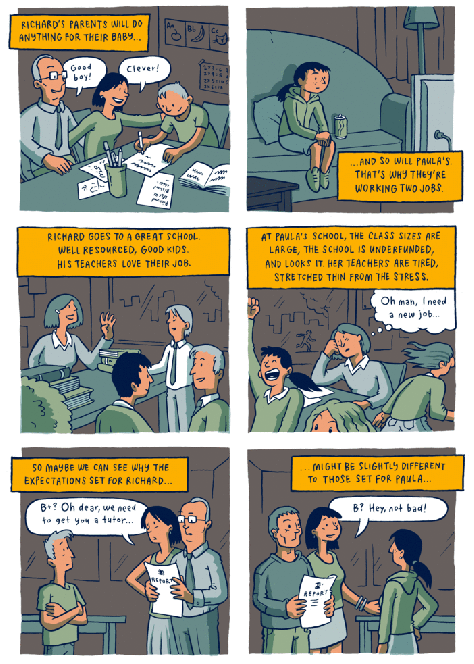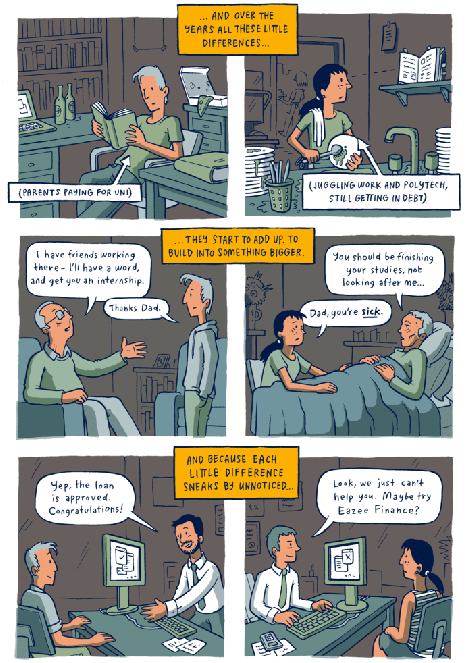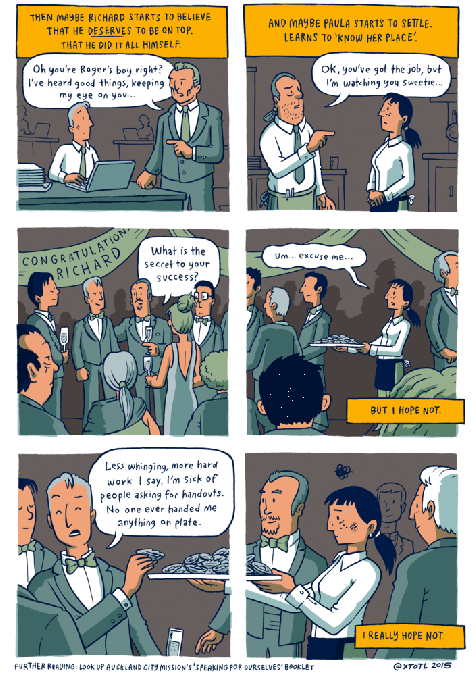Did you know that The Black Eyed Peas’ Grammy Award winning 2005 song “Don’t Phunk with My Heart” was inspired by two 1970s Bollywood songs: “Ye Mera Dil Yaar Ka Diwana” from Don (1978) and “Ae Naujawan Hai Sub” from Apradh (1972) ?
The song from Apradh : Ae Naujawan Hai Sub
The song from Don : Ye Mera Dil Yaar Ka Diwana
While Bollywood remains an isolated and an apparently self-contained industry in the eyes of Indian as well as the general world crowd, it has been a reverse influence on the West in many instances.
Devo’s (an American Rock band) 1988 hit song “Disco Dancer” was inspired by the song “I am a Disco Dancer” from the Bollywood film Disco Dancer (1982). The 2002 song “Addictive”, sung by Truth Hurts and produced by DJ Quik and Dr. Dre, was lifted from Lata Mangeshkar’s “Thoda Resham Lagta Hai” from Jyoti (1981).

While movies like Slumdog Millionaire pay their homage to hindi commercial cinema, even the western music industry has sampled many Indian songs by great music directors in their albums.
Not only was A.R Rahman the director of A.L Webber’s musical Bombay Dreams, but music composed by him has frequently been sampled by musicians elsewhere in the world, including the Singaporean artist Kelly Poon, the Uzbek artist Iroda Dilroz, the French rap group La Caution, the American artist Ciara, and the German band Löwenherz .

While it is elating to hear that the heritage of music in Bollywood is revered by the international crowd, at the same time, we feel disheartened at the degrading quality of music as well as lyrics in the contemporary era.
The lyricists are penning songs which are unclassy and unoriginal; the music, although sometimes good, is let down by plagiarism complaints; and most of the times, the songs are plainly crass or bland.
Only a mainstream musical sub-culture is the key to enhancement. Late Pt. Ravi Shankar, the great Indian sitar player who is the father of Norah Jones and Anoushka Shankar had a major influence on The Beatles.Besides working closely with George Harrison, he had also collaborated with musicians as diverse as violinist Yehudi Menuhin and jazz saxophonist John Coltrane. Dr Zakir Hussain, the great Tabla player, has composed soundtracks for several movies, most notably In Custody and The Mystic Masseur, and has played tabla on the soundtracks of Francis Coppola’s Apocalypse Now, Bernardo Bertolucci’s Little Buddha, and other films. Likewise, more people like A.R Rahman, Shankar Mahadevan, and alike as well as more Indian bands should come forward to represent India on the world platform through mainstream music.

Coke Studio India was a welcome move on that part, and the audience took to it. Bands like Indian Ocean and Agnee have elevated the rock genre scene of India on world stage. Though a little less known, but bands like Avial, LBG and Tripwire of southern India are pioneers in their genre.

But still, a large pool of original artists in the field of music who want to put forth their works in front of the Indian crowd, are shelved by the reception of the Bollywood music industry. Lack of mainstream sub-culture of music in the form of solo musicians or bands in India has always been a let-down when it comes to the representation of Indian musical prowess on world stage.
Bands like Euphoria and singers like Falguni Pathak were able to break that chain in the past, but the glory was short-lived. Even winners of musical talent-hunt reality shows like Abhijeet Sawant, Sandeep Acharya, Qazi Taukeer and alike have never made it to the top.

It virtually ascertains that Bollywood is the only tunnel for musicians in India towards international representation. It is also reflected in the government’s attitude towards musical maestros who have never linked themselves to Bollywood as opposed to the ones who have. Even for general people like us, everything about Indian music pertains to the film industry.
I don’t know what the problem is. Perhaps it is rooted in the Bollywood’s age old practice of musicals instead of pure drama in movies. Or perhaps that the commercialization of music has always been the forte of Bollywood and thus, we do not have any parallel music industry pertaining to the musical sub-culture.
Though the preference of music is subjective, to some part, even we should act by dissing and shelving away the music and lyrics which are composed of mixtures of inane words and unpleasant crass noise which are generally presented in the form of indigenous rock and rap genre in our country. They not only abuse the influential Indian mainstream music but also demean the rap and rock genre carved out in the West through years of effort.
Hope more and more solo artists and bands emerge from India with creative, original and soulful music, and we support them in cementing a good mainstream music culture in India.
Less to cacophony, and more to art, sensation, music and life. Cheers ! 🙂









































